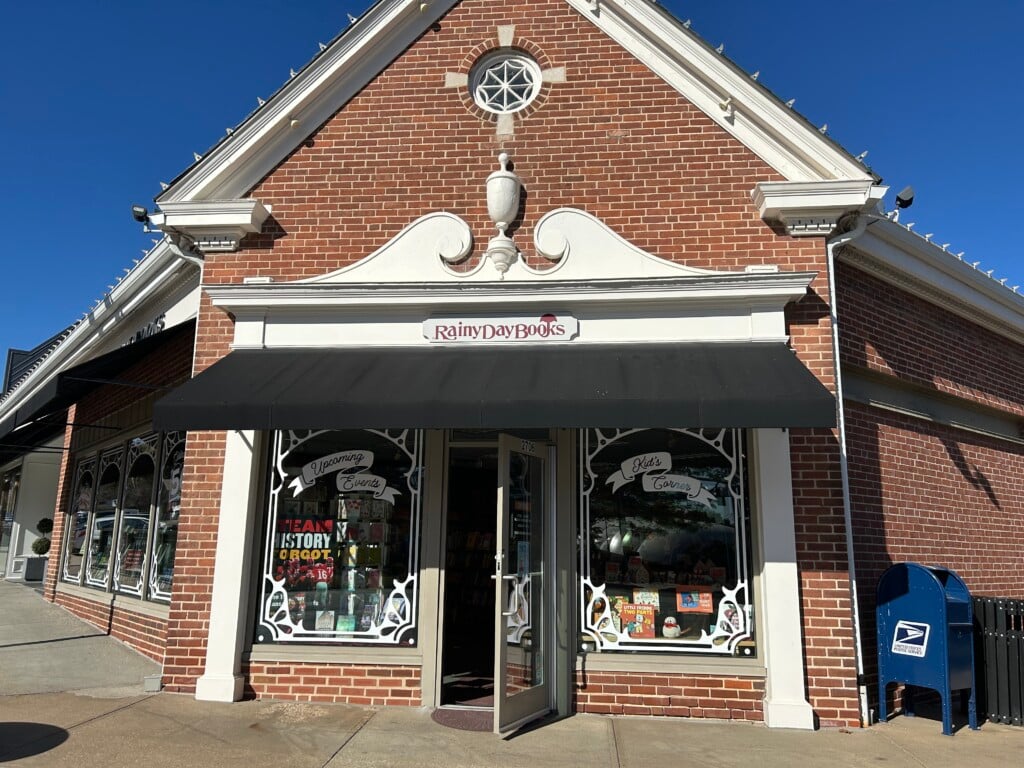Confusion between ‘THC’ And ‘THCa’ explained, new loophole exposed
I laughed out loud the first time I saw it. “Do they really think we’re that stupid?”
To the layperson’s eyes, sure, maybe it passed by and nothing was thought of it—just another cannabis product. But for the privy person who’s worked in the cannabis industry and studied cannabinoids, they would have read right through it, calling BS right away.
There’s a big misunderstanding about marijuana versus hemp these days and it all started with the passing of the 2018 Farm Bill. The bill itself was a monumental advancement and movement in the direction towards cannabis decriminalization federally, with the main purpose of declassifying cannabis plants from “marijuana” if they had less than 0.3% THC. It was to no longer be considered a “controlled substance” under the DEA, thus the popular cannabinoid, CBD, took off. Celebrities, ‘Mom & Pop’ shops, scientists, and businessmen and women joined the craze from 2018-2020. A multi-billion dollar industry had started to take flight.
But the farm bill, unbeknownst to those who signed it, also seemed to have backfired and created a gigantic gray area. A loophole, if you will. Or was this all on purpose? The jury is still out.
As detailed in my memoir, Wolves of Hemp Street, I worked on a hemp farm in Colorado from 2018-2021. I saw it all. Confusion. Deception. Stupidity. Wild-West Mentalities. One of the biggest perplexities that all of us in the industry dealt with in early 2019, was that of the “Certificate of Analysis” or “COA”.
Through a third-party company—and later in-house—we would pay to have tests run with the main goal of measuring the cannabinoid level of our plants, biomass, and seeds to stay compliant with the federal 0.3% rule. The official piece of paper we got from the testing agency was called a “COA.”
Our COAs would show all of the different compounds of a certain plant or “homogenized” plant samples, such as biomass. This could range from soil samples to salt levels, and of course, cannabinoids such as CBD, THC, CBN, CBC, or CBG—common “three-letter” compounds that you’ve probably heard of by now. But those cannabinoids weren’t the only ones. CBDa, THCa, CBNa, and CBGa were usually more prolific with higher numbers than those mentioned prior.
But that doesn’t seem right, does it? Shouldn’t plant matter, including those nugs you buy from the Shaggy and Scooby at the local dispensary, have high levels of CBD or THC in them? Not necessarily. We may have been fooled all along into thinking so.
As a side note: Many companies would steal other companies’ COAs, photoshop out the original company’s name, put in theirs, and then attach it with their plant/oil product that they never actually tested. I’m sure this still goes on like crazy.
But back to the subject at hand: Why are CBDa and THCa levels more important than that of CBD or THC? Because they’re the precursor to the latter.
For instance, I would normally see a COA that boasted 10%-12% CBDa and only 0.5% CBD. Likewise, I would see 0.2% THCa and 0.001% THC. Again, this was on flower or biomass only—very important to understand! Concentrates, oils, and waxes have already been converted through the process known as “decarboxylation.” They will show higher numbers in CBD and/or THC.
When we’re talking about plant material, the cannabinoid with an “a” behind it, hasn’t gone through this important conversion process yet. Heat is the important factor here that turns THCa into THC and CBDa into CBD. Let’s bring up two very simple examples of this phenomenon.
Have you ever made “magic brownies” before? If you’ve followed the directions correctly, you would have gone through the process of decarboxylation. Before simmering the weed in the oil or butter or whatever, you would have thrown the ground-up herbs on a flat cookie sheet and thrown it into the oven for 25-30 minutes at around 250 F. What this does is convert your THCa weed into the psychoactive compound, delta-9-Tetrahydrocannabinol (THC).
I’m sure I’m going to get some “ganjapreneurs” to come after me in saying that you don’t need to do that. You’re right. You don’t. But just the baking process of the brownies alone only mildly decarbs the weed—they won’t be as potent as they would otherwise. Let’s move on.
When you load up your bowl or roll that joint, as soon as you put fire to the greenery, the conversion process happens—you’re now inhaling THC, which a second ago was THCa. THCa = Legal. THC = Illegal. Do you see where this can get confusing?
This is why cannabinoids such as delta-8 took off momentarily before getting shut down. In the 2018 Farm Bill, it strictly mentioned “Delta-9 THC”. That’s a very specific molecule makeup allowing for a gigantic loophole to present itself. This “THCa” movement is no different, and we can only see with time how it all shakes out.
I hope that with the explanation I gave above, you can see how hilarious this was to me the first time I saw it advertised. I mean, half of me gives props to those who are cashing in and exposing this loophole. The other half believes that most who are trying to sell it, don’t even know what it truly is.
So the moral of the story is this: Don’t be fooled by someone telling you that THCa is “special” and “different” from THC and then try to sell you some with a premium price tag. It’s not special. You’ve been smoking it all along.





